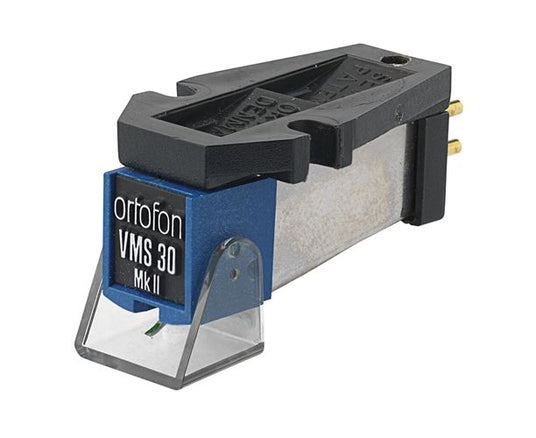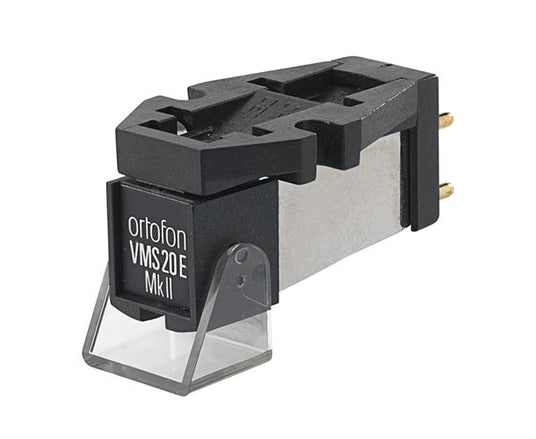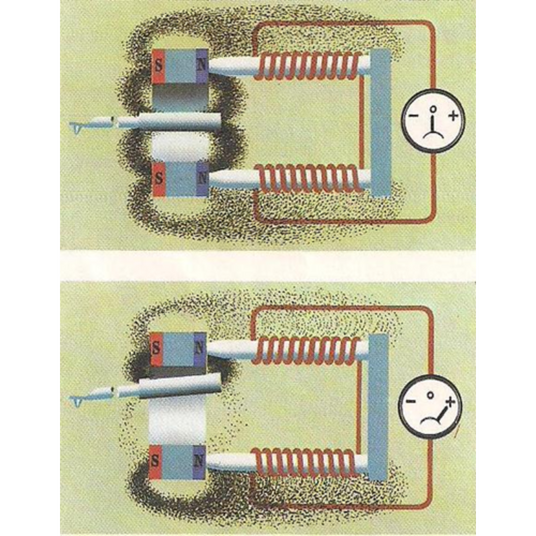VMS 30 MkII, 20E MkII, 10E MkII, 5E MkII & 3E MkII data
VMS 30 MkII, 20E MkII, 10E MkII, 5E MkII & 3E MkII data
| Technical data | VMS 30 MkII | VMS 20 MkII | VMS 10 MkII | VMS 5E MkII | VMS 3E MkII |
| Output voltage at 1000 Hz, 5cm/sec. | 5.0 mV | 5.0 mV | 5.0 mV | 6 mV | 6 mV |
| Channel balance at 1 kHz | 2.0 dB | 2.0 dB | 2.0 dB | 2.0 dB | 2.0 dB |
| Channel separation at 1 kHz | 27 dB | 25 dB | 25 dB | 20 dB | 20 dB |
| Frequency response | 20-20.000 Hz | 20-20.000 Hz | 20-20.000 Hz | 20-20.000 Hz | 20-20.000 Hz |
| Tracking ability (315Hz, lateral) | 90 µm | 70 µm | 65 µm | 55 µm | 50µm |
| Tracking force range | 10 - 16 mN (1.0 - 1.6g) |
8 - 12 mN (0.8 - 1.2g) |
17 - 23 mN (1.7 - 2.3g) |
17 - 23 mN (1.7 - 2.3g) |
17 - 23 mN (1.7 - 2.3g) |
| Recommended tracking force | 13 mN (1.3g) | 10 mN (1.0g) | 20 mN (2.0g) | 20 mN (2.0g) | 20 mN (2.0g) |
| Compliance, dynamic (lateral) | 22 µm/mN | 25 µm/mN | 15 µm/mN | 20 µm/mN | 15 µm/mN |
| Stylus type | Fine Line Nude | Nude Elliptical | Elliptical | Elliptical | Elliptical |
| Tracking angle (vertical) | 20° | 20° | 20° | 20° | 20° |
| DC resistance | 800 Ohm | 800 Ohm | 800 Ohm | 800 Ohm | 800 Ohm |
| Inductance | 600 mH | 600 mH | 600 mH | 600 mH | 600 mH |
| Recommended load resistance | 47 kOhm | 47 kOhm | 47 kOhm | 47 kOhm | 47 kOhm |
| Recommended load capacitance | 400 pF | 400 pF | 400 pF | 400 pF | 400 pF |
| Cartridge weight | 5 g | 5 g | 5 g | 5 g | 5 g |





